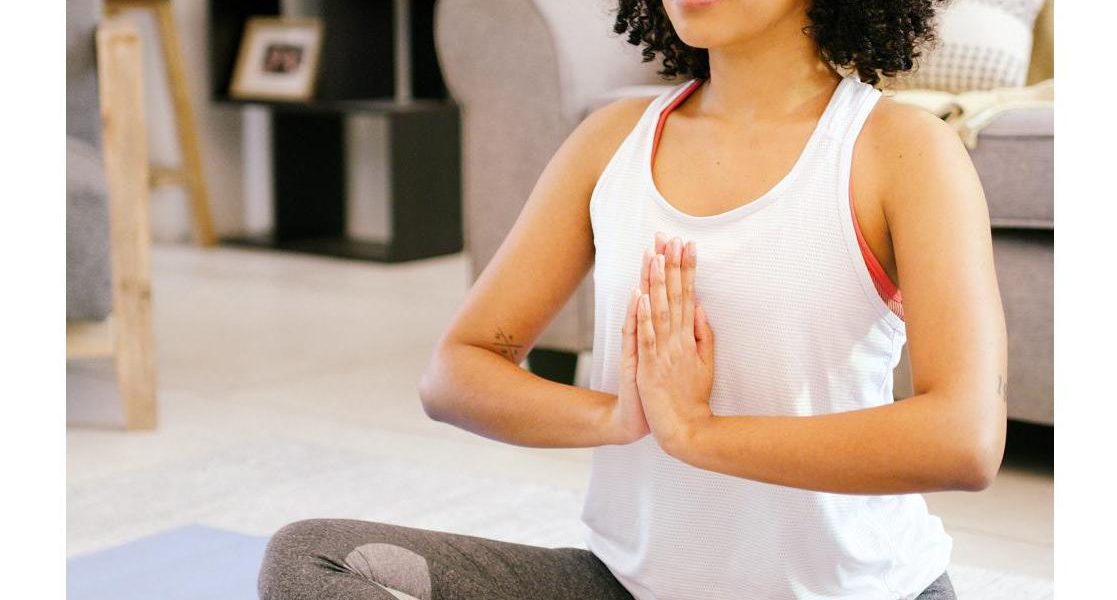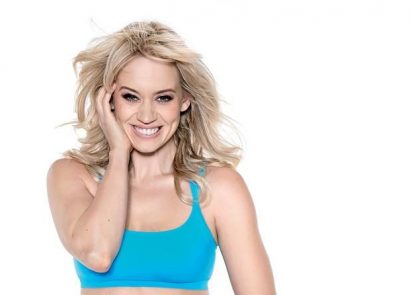Do high impact workouts belong in 2021? Daniella Gray investigates…
It’s 7am and I’m getting my front room ready for yet another intense home workout that’ll leave me feeling energised – but come midday, it’s a different story. Work is full on, and by the end of the day, my muscles are tired and my mind is pretty frazzled. That being said, I’m a sucker for HIIT workouts (sorry, neighbours), so when Coronavirus sent me packing last year, I no longer had access to the bootcamp I was part of near my office and I was in search of something that would give me that same endorphin ‘high’ I crave after every session. The process of rearranging the furniture became somewhat routine in the early stages of lockdown, as it did for many others when gyms were forced to close their doors in March 2020.
According to a study conducted by Onepoll for Sky Q, almost half of Brits actually prefer working out from home since the on-off closures of fitness spaces, but with the focus on protecting our mental health more than ever, are these high impact workouts a help or a hindrance? “Since the start of the pandemic, people seem to have become more intuitive about the way they exercise; it feels like the majority of them are seeking movement that fuels them and makes them feel good,” says Alexia Acebo, master trainer at P.volve (pvolve.com). To counteract what the events of 2020 so unwelcomingly brought, she thinks that while high impact workouts act as a release for some, they can have the opposite effect of compounding stress for others. “When so many other facets of our lives have been flipped upside down, it’s kind of recalibrated everyone to indulge in movement that actually satisfies the body, rather than breaking it down.”
Evidence for this is apparent, too. Research from ClassPass shows that yoga was the reigning champion when it came to online classes, with the form of exercise increasing by 25 percent with its members. For Hollie Grant, founder of Pilates PT and The Bump Plan (pilatespt.co.uk), the initial rush to get fit was quickly replaced with an awareness to boost not just physical fitness, but mental health too. “Many people thought the lockdown would be a great opportunity to get fitter and lose weight, however as that period went on, I genuinely think people’s attitude to exercise changed. They began to turn to more restorative workouts, knowing what effect the pandemic had on our stress levels and more accessible outlets to get some exercise.”
Many of us, women in particular, have felt the mental impact that Coronavirus has had – whether it’s money concerns, low energy or pendulum-like moods. Wellness brand CBII has reported that seven in 10 menopausal women feel the latest national lockdown has increased their symptoms of anxiety, so at a time when you probably want things to feel a little less crushing, killing your workout or smashing out a session may not be the way to go. Hollie warns that high intensity exercise releases cortisol – the body’s stress hormone – when pushing themselves to the limit. “I always say to clients: ‘get from exercise, what you don’t get elsewhere’. For example, if you have a sedentary job that doesn’t get your heart rate up, a spin class after work could be the right option, but if you’re non-stop all day, you need to balance that out with something low-intensity, restorative and calming.” It’s this approach that has led P.volve to provide virtual dynamic stretching and recovery sessions to people around the world. The same goes for Hollie’s business, which now attracts hundreds of members who can access a library with over 140 Pilates classes.
If, like me, you let out a little sigh when discovering that pounding the pavements or swinging a kettlebell might not be for you if you sometimes suffer at the hands of stress and anxiety, there’s good news. Supplementing your HIIT workouts with less intense exercise is something Alexia is confident we’ll be seeing much more of going forward, meaning you don’t have to say goodbye to them forever. “When I’m teaching, I encourage our clients to tap into the breath as much as I can, so that they’re freeing up head space, which will then lead to a stronger body and a calmer mind.”
Pace yourself
Ready to slow down? This beginner’s sequence from Pilates teacher Paola Langella (shapesstudio.co), is here when you need to take a breath and bring the intensity down a notch.
Shell stretch twist

1. Get onto your knees. Relax your hip and glutes towards your heels and put your head forward so that you’re close to the ground. Keep a space between your belly and your thighs.
2. Place your right arm underneath the left, and twist your upper body. Stay in this position from five to 10 counts and inhale and exhale, keeping the twist.
3. You will notice that, with every inhalation and exhalation, your body will lengthen and stretch more. It’s very important then to keep your breathing active.
Kneeling cat stretch

1. Get on your hands and knees, with your arms under your shoulders and your knees hip-distance apart under your hips. Keep your spine long in a neutral position, which means keeping a straight line from your head to your tail bone.
2. Inhale to prepare and maintain the position. Exhale, keeping your abdominals engaged and flexing your spine. Try not to lift your shoulders and always keep a nice space between your neck and shoulders.
Spine stretch

1. Lie on your back, open your arms on the side with your palm facing up (you can have the palm facing down if you need more support) and your legs bent. As you exhale, bring your legs towards one side without lifting the opposite shoulder.
2. If your knees go to the right, you should try to keep the left shoulder on the mat. Keep your abdominals engaged, as always.
3. As you inhale, maintain the position and enjoy the back stretch; as you exhale, use your abdominals to bring your legs up in the centre and towards the opposite side. Complete this stretch six times, alternating sides.
Elephant

1. Stand upright on the mat with your heels pressing down towards the floor. Bend over and place your hands on the mat. If you need to soften your knees by bending them slightly, do so.
2. Inhale when you lift your heels and exhale when you lower them. With every exhalation, find length in your hamstrings and calves. Complete this for 10 repetitions.
Bridge

1. Lie on your back, arms by your side and your legs bent with your feet hip-distance apart. As you exhale, lift your glutes up with your rib cage closed and abdominals engaged. Imagine you’re creating a straight line from your knee to your hip and to your shoulder.
2. Inhale, lowering your glutes. Lower the spine down, only hinging your pelvis down. Repeat this exercise for 10 repetitions.




















